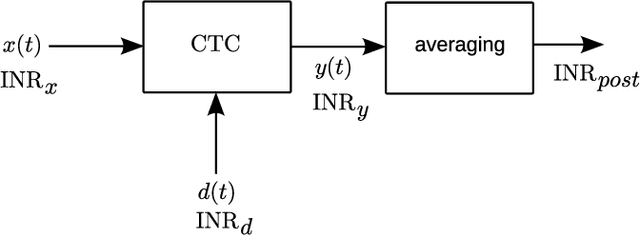Coherent Time-Domain Canceling of Interference for Radio Astronomy
Paper and Code
Aug 08, 2022



Radio astronomy is vulnerable to interference from a variety of anthropogenic sources. Among the many strategies for mitigation of this interference is coherent time-domain canceling (CTC), which ideally allows one to "look through" interference, as opposed to avoiding the interference or deleting the afflicted data. However, CTC is difficult to implement, not well understood, and at present this strategy is not in regular use at any major radio telescope. This paper presents a review of CTC including a new comprehensive study of the capabilities and limitations of CTC using metrics relevant to radio astronomy, including fraction of interference power removed and increase in noise. This work is motivated by the emergence of a new generation of communications systems which pose a significantly increased threat to radio astronomy and which may overwhelm mitigation methods now in place.
 Add to Chrome
Add to Chrome Add to Firefox
Add to Firefox Add to Edge
Add to Edge